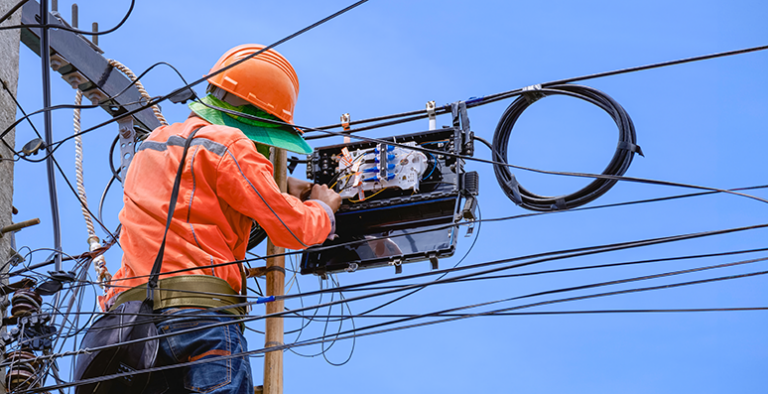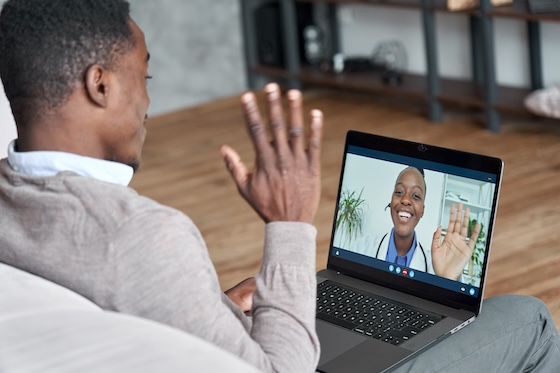The FCC in late December released its latest broadband performance analysis, the “Eleventh Measuring Broadband America Fixed Broadband Report,” reflecting testing conducted in September and October of 2020. The MBA program is administered by SamKnows, the world’s foremost authority on broadband performance testing. It utilizes a hardware-based measurement methodology that controls for network factors to render the most accurate measurements of the performance of broadband networks.
The 11th MBA Report shows, as have past reports, that cable broadband providers deliver speeds that consistently exceed advertised levels. Some of the key highlights include:
- Cable broadband providers all delivered downstream and upstream speeds in excess of advertised rates, with average median downstream speeds of 114% of advertised rates and average median upstream speeds of 111% of advertised rates across the five participating cable providers.
- The weighted average advertised speed of the tested tiers of cable ISPs included in the 11th MBA Report was 178 Mbps as of October 2020, a 15% increase from 2019 and an 28% increase from 2018.
- NCTA member cable providers delivered 100% or higher of advertised speeds in the 80/80 consistent speed metric, performing far better than fiber and DSL providers, which were all below the 100% threshold, with the majority of the DSL and fiber 80/80 metrics falling below 80% of advertised speeds.
Importantly, the report’s findings, which are derived from more than ten billion test measurements, take into account the variety of network factors that can adversely influence non-hardware based online performance tests. These network factors can include cross-talk, Wi-Fi issues, and other equipment-related issues or bottlenecks occurring on the home network. Each of these issues can degrade and alter test results of non-hardware based online tests. Hardware-based programs such as SamKnows remove these network factors by conducting tests on an Ethernet-connected device and the device will only run tests when it ascertains that there is no cross-talk traffic occurring on the home network.
The FCC’s report also acknowledges that the positive broadband performance came during the COVID pandemic when, “approximately 42% of the U.S. workforce was working remotely from their homes,” and, “93% of households reported some form of remote learning and distance education during this time period.” As the FCC report notes, “Despite all the challenges, the MBA measurements showed that for the most part, the ISP networks were able to keep up with this unprecedented increased load on their networks, as will be evidenced by the results presented in this report,” which is consistent with a recent independent report from Recon Analytics, the 2020 BITAG report on COVID network performance, and NCTA’s reporting on cable broadband during the pandemic.
Developing the Measuring Broadband America program into a reliable source of data on broadband performance has required significant collaborative efforts by FCC staff, SamKnows, industry participants, and other stakeholders. These efforts are worthwhile because they enable the Commission and stakeholders to undertake fact-based analyses of broadband performance and provide credible and accurate results regarding broadband performance.









